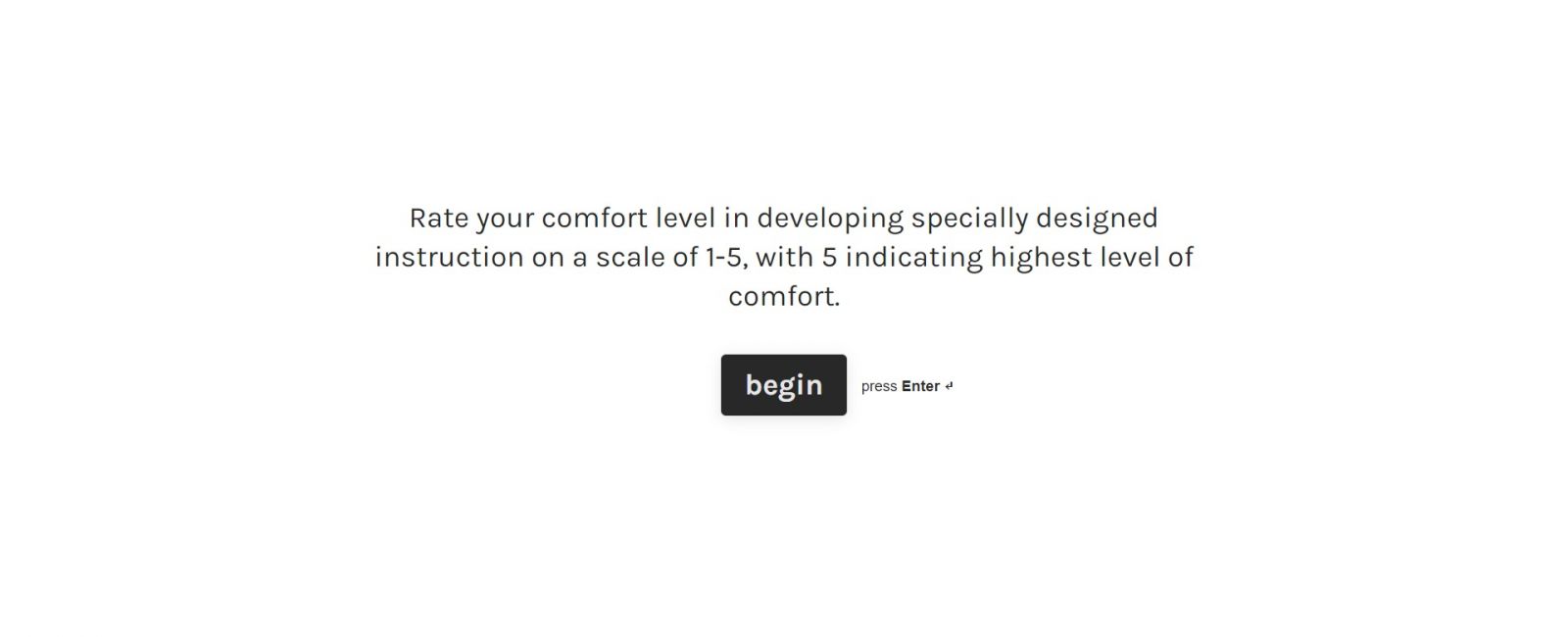03: Specially Designed Instruction
Presentation
In this module you will receive information about how to craft an IEP that clearly states what educators/providers will do in order for students with disabilities to participate, access and make progress towards mastery of IEP goals, and in the general education curriculum. Review the following video to learn more:
While you are viewing this module, think about:
- What do IEP teams and educators need to know to develop SDI that accelerates student progress to narrow the gap?
- What are the characteristics of effective SDI?
- How can the IEP team ensure that everyone involved in implementing the student’s program has the knowledge and skills needs to deliver SDI with fidelity?
In the following poll:
- Think about this definition of SDI:
Specially designed instruction (SDI) is the unique combination of evidence-based instruction, accommodations, supplementary aids and services, program modifications, and supports for personnel instructional services and interventions required for a student with a disability to access, participate and progress in the general education curriculum. - How comfortable do you currently feel about developing SDI?
- Rate your level of comfort on a scale of 1-5 (1 means you do not feel comfortable, 5 means you feel very comfortable with developing SDI).
- Review your colleagues’ ratings.
- Reflect upon the following two concepts:
- Your rating in comparison to your colleagues
- How will learning to generate SDI lead to successful execution of an effective standards-aligned IEP in order to improve academic, functional and/or age-appropriate outcomes for students with disabilities?

What is Specially Designed Instruction (SDI)?
The Individuals with Disabilities Education Improvement Act of 2004 (IDEA) defines special education as “specially designed instruction, at no cost to parents, to meet the unique needs of a child with a disability, including (A) instruction conducted in the classroom, in the home, in hospitals and institutions, and in other settings; and (B) instruction in physical education.” (20 United States Code [U.S.C.] § 1401(29))
IDEA defines specially designed instruction as “adapting, as appropriate to the needs of an eligible child under this part, the content, methodology or delivery of instruction (i) to address the unique needs of the child that result from the child’s disability; and (ii) to ensure access of the child to the general curriculum, so that the child can meet the educational standards within the jurisdiction of the public agency that apply to all children.” (Section 300.39(b)(3) of Title 34, Code of Federal Regulations [CFR])
SDI is:
- individualized based upon the learner’s characteristics and the needs that result from the impact of the disability
- collaboratively designed and implemented by members of the IEP team, including the general and special education teachers, related service providers, other professionals, and the student and family
- intended to allow the student to access and progress in the general education curriculum by addressing skill deficits, adapting the delivery of instruction to meet needs, removing barriers to equitable engagement, and providing needed supports.
- grounded in evidence-based practices and monitored for effectiveness for the individual student
- adjusted and intensified as needed based on data to accelerate the student’s rate of growth.
Developing and implementing SDI starts with a thorough understanding of the student as a learner, including the priority skills the team has identified as goals and objectives, as well as the student’s strengths and challenges and the impact of the disability on his or her learning.
Planning and delivering SDI also requires a thorough knowledge of the content (standards and locally-designed curriculum), methods (instructional practices, learning activities),and delivery (instructional arrangements and relationships) of general education within the school. Effective instructional practices, including using high-leverage teaching methods, applying principles of Universal Design for Learning to the curriculum development, lesson planning, and assessment, and differentiating instruction in response to student needs and interests, provide a foundation of learning for all students. From this base, the team plans and delivers SDI to meet the student’s unique needs.
Components of SDI
Common Errors and Misunderstandings about SDI:
- Stating expectations for the student, instead of detailing implementation actions for the teacher.
- Omitting specifics such as the setting/time and service provider.
- Not describing specifically how the support or strategy will be used for the individual student.
- Listing generalized instructional strategies and supports that benefit all students, rather than those that the student requires because of the impact of the disability.
- Not including the inclusive training needs of staff who will be responsible for implementing, and/or not planning for and documenting the support and supervision of paraeducators implementing SDI.

